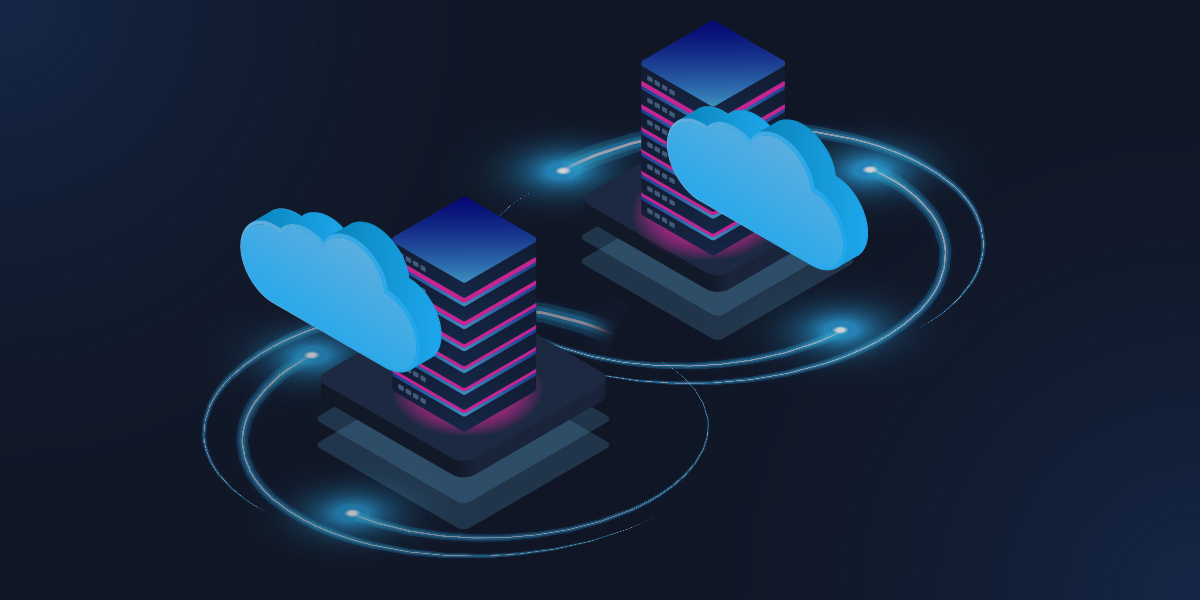The recent report The Future of Hybrid Cloud Automation and NetDevOps, published by Futuriom, highlights a shift in cloud infrastructure strategy as organizations seek to implement hybrid and multi-cloud infrastructure architectures.
New hybrid cloud environments “will produce more flexible and automated IT environments that can blend resources wherever they may reside, whether on-premises, in a cloud, or in multiple clouds.” In what Futuriom calls the year of optimization, 2024 will see organizations turn to hybrid cloud automation to optimize their use of infrastructure.
Hybrid Cloud on the Rise
Hybrid and multi-cloud are intended to give IT, network, and cybersecurity personnel alike the capability to manage applications and assets across both on-premises and multi-cloud infrastructure.
Successfully implementing hybrid and multi-cloud will result in greater flexibility in terms of how network teams can deliver network services and how application developers can consume them. In addition, organizations will be able to avoid the high costs and vendor lock-in of a single-provider or cloud-only strategy.
Organizations will require strong approaches to networking, automation, and operations to successfully move to hybrid and multi-cloud architectures. The volume of data, connections, and storage resources required for hybrid environments “will exceed the capabilities to respond to problems in real time” for most organizations today. To help solve these challenges, organizations will look to leverage specialized cloud infrastructure technology such as observability solutions, cloud cost management, multi-cloud connectivity, and NetDevOps.
How NetDevOps Enables the Shift to Hybrid & Multi-Cloud
NetDevOps is highlighted as one of the most important elements of a successful move to hybrid and multi-cloud. It’s a combination of technology and best practices, a movement to shift the way application developers consume network infrastructure to facilitate automation across a complex environment.
Hybrid and multi-cloud networks demand a wide range of network connectivity. As Futuriom’s report states, this means “network automation will be the key element of its success.” Implementing automation across hybrid and multi-cloud infrastructure will be crucial to a successful shift, and NetDevOps is the most effective approach for teams to build network automation into the application development process and enable automation at scale.
As stated in the report, implementing NetDevOps means that “an application can understand infrastructure needs and be programmed to create networking resources on demand.” To dive deeper into what NetDevOps is, how to implement it, and what it looks like in the real world, check out this webinar with Chris Wade, Itential’s CTO and Co-Founder, and Scott Raynovich, Founder and Chief Analyst at Futuriom (or see this white paper if you’d rather read).
Below, see three ways NetDevOps supports a move to hybrid and multi-cloud infrastructure architectures (and how the Itential Automation Platform enables each one):
Orchestration
By leveraging APIs, networking standards, and software automation, a NetDevOps strategy enables organizations to integrate networking domains. That enables distinct automations that execute a set of commands for a single domain can be “stitched together,” or orchestrated, to create an end-to-end process that can be delivered to network consumers such as application developers.
How the Itential Automation Platform enables multi-domain, multi-vendor orchestration
Real-Time Visibility
In addition, the central management of network infrastructure enabled by NetDevOps means that network automations can leverage “all of the necessary network performance management and visibility which is used to implement real-time, data-driven automation decisions.”
How the Itential Automation Platform federates data across your network
Testing, Validation, & Monitoring
Integrating testing, validation, and monitoring with CI/CD practices is key to performing these crucial functions at scale via automation. The continuous integration process enables developers to merge and manage code without shutting down key applications.
Requirements for NetDevOps
A successful NetDevOps approach requires many different types of technologies to enable three key functions: monitoring, analytics, and configuration management.
True NetDevOps means enabling network management across multiple network domains and a wide range of multi-vendor technologies. Futuriom highlights these four capabilities for successfully implementing this vision:
- The ability to leverage APIs and REST/RPC to integrate across systems and drive programmability.
- The use of Git repositories as network configuration sources of truth for software development.
- Consistent, repeatable testing and deployment using CI/CD pipelines.
- Solutions for the orchestration of automations across different network domains.
The most crucial technology is network orchestration — Futuriom highlights the rising importance of network orchestration and management platforms that can leverage APIs to integrate across different network domains and can collect and federate data across a complex, distributed environment.
By leveraging new technologies, adopting the right platforms, and successfully implementing a NetDevOps approach to network automation and network service delivery, organizations will be able to achieve their hybrid cloud goals in 2024: enhanced operational efficiency, infrastructure cost optimization, improved security for distributed infrastructure, and accelerated application development.
Dive into the full Futuriom report The Future of Hybrid Cloud Automation and NetDevOps here.
To learn how the Itential Automation Platform supports NetDevOps strategies, listen to this episode of Packet Pushers’ Heavy Networking podcast.





